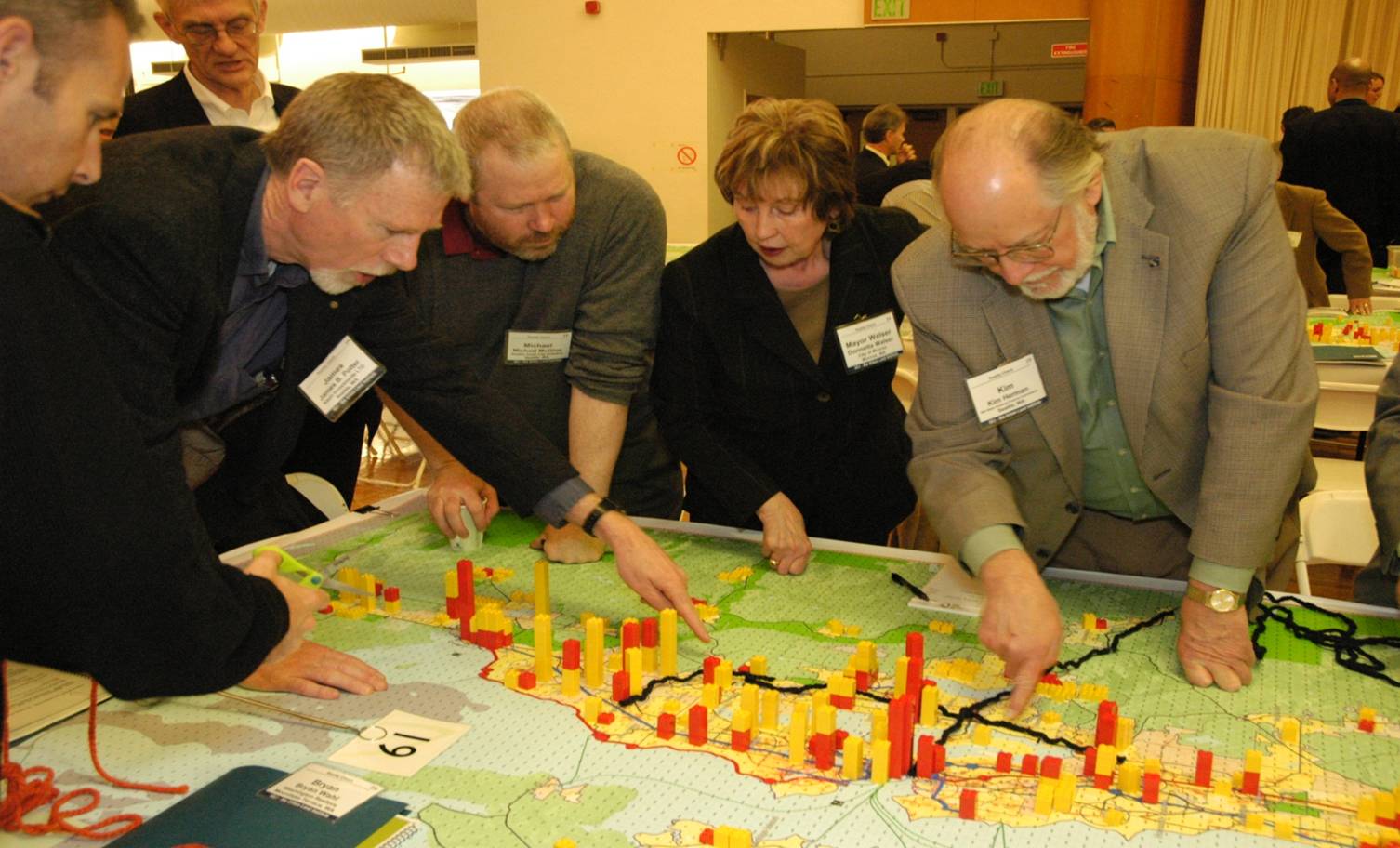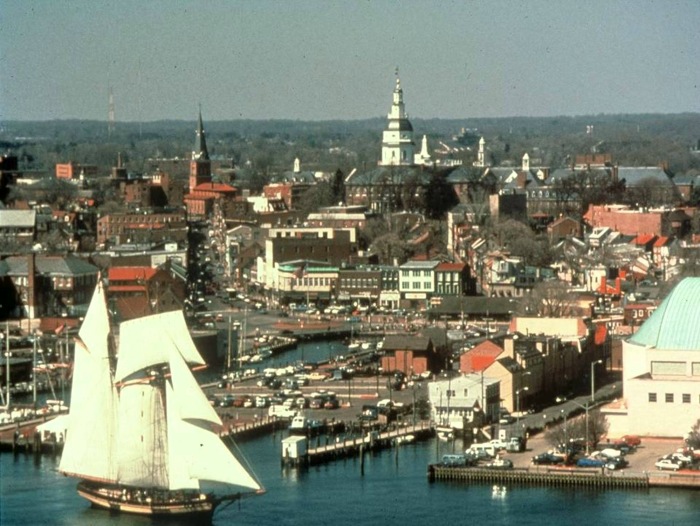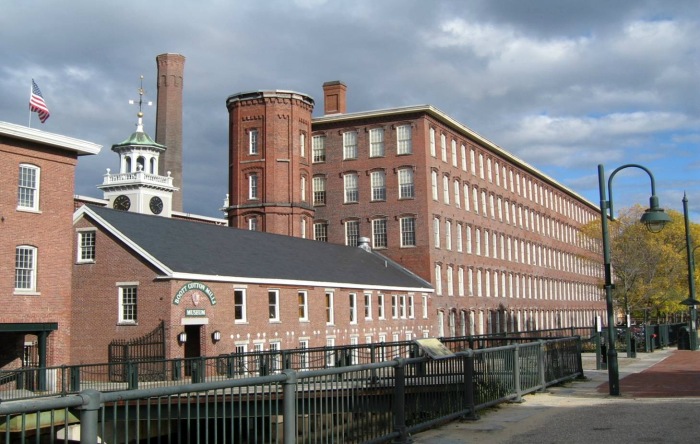
We are pleased to publish the following article by Edward T. McMahon, former president of Scenic America and renowned placemaking and urban planning expert. The article was originally published by PlannersWeb in 2013, and is part one of an eight-part series on placmaking and community development.
There are over 25,000 incorporated communities in America. How many of these are truly successful?
How is it that some small towns and rust belt cities are prospering, while many others are suffering disinvestment, loss of identity, and even abandonment?
Why are some communities able to maintain their historic character and quality of life in the face of a rapidly changing world, while others have lost the very features that once gave them distinction and appeal?
How can communities, both big and small, grow without losing their heart and soul?
From coast to coast, communities are struggling to answer these questions. After working in hundreds of communities in all regions of the country, I have come to some conclusions about why some communities succeed and others fail. There are many communities that have found ways to retain their small town values, historic character, scenic beauty and sense of community, yet sustain a prosperous economy. And they’ve done it without accepting the kind of cookie-cutter development that has turned many communities into faceless places that young people flee, tourists avoid and which no longer instill a sense of pride in residents.
Every “successful” community has its own strengths and weaknesses, but they all share some common characteristics. It’s clear for instance that successful communities involve a broad cross-section of residents in determining and planning the future. They also capitalize on their distinctive assets — their architecture, history, natural surroundings, and home grown businesses — rather than trying to adopt a new and different identity.

Sometimes a community’s assets are obvious, like in Annapolis, Maryland. Sometimes they are not obvious. In the 1970’s Lowell, Massachusetts was dying industrial city. It had an unemployment rate of 25%. It thought it had no assets. But it had abandoned textile mills. Today almost all of these mills — such as the one shown below — have been restored and repurposed.

Most successful communities also utilize a variety of private-sector and market incentives to influence to influence their development, instead of relying solely on government regulations.Not every, successful community displays all of the following characteristics, but most have made use of at least three or four:
- Have a vision for the future
- Inventory community assets
- Build plans on the enhancement of existing assets
- Use education and incentives, not just regulation
- Pick and choose among development projects
- Cooperate with neighbors for mutual benefit
- Pay attention to community aesthetics
- Have strong leaders and committed citizens
Part 1: Have a Vision for the Future
Successful communities always have a plan for the future. Unfortunately, “planning” is a dirty word in some communities, especially in small towns and rural areas. In some places, this is the result of today’s highly polarized political culture. In other places, it results from a misunderstanding of planning and its value.
The truth is, failing to plan, simply means planning to fail. It is difficult to name any successful individual, organization, corporation or community that doesn’t plan for the future.

Try to imagine a company that didn’t have a business plan. It would have a very hard time attracting investors or staying competitive in the marketplace. The same is true of communities. A community plan is simply a blueprint for the future. People may differ on how to achieve the community’s vision, but without a blueprint, a community will flounder.
Understandably, people in small towns don’t like change. But change is inevitable. Technology, the economy, demographics, population growth, market trends and consumer attitudes are always changing and they will affect a community whether people like it or not. There are really only two kinds of change in the world today: planned change and unplanned change.
Communities can grow by choice or chance. Abraham Lincoln used to say that “the best way to predict the future is to create it yourself.” Communities with a vision for the future will always be more successful than communities that just accept whatever comes along.
 Scenic America’s first president Ed McMahon developed an interest in land use planning and landscape conservation as a result of serving a tour of duty in Germany as a young soldier in the US Army. A native of Birmingham, Alabama, Ed spent two years traveling throughout Europe from his post at US Army headquarters in the postcard-perfect town of Heidelberg, Germany. Over the course of Ed’s tenure, Scenic America worked closely with local and state governments to pass sign ordinances, tree protection legislation, and other measures to protect community character and identity. We are proud to honor Ed’s legacy by publishing his catalog of industry-renowned work on the Scenic America website in perpetuity. Read more about Ed McMahon
Scenic America’s first president Ed McMahon developed an interest in land use planning and landscape conservation as a result of serving a tour of duty in Germany as a young soldier in the US Army. A native of Birmingham, Alabama, Ed spent two years traveling throughout Europe from his post at US Army headquarters in the postcard-perfect town of Heidelberg, Germany. Over the course of Ed’s tenure, Scenic America worked closely with local and state governments to pass sign ordinances, tree protection legislation, and other measures to protect community character and identity. We are proud to honor Ed’s legacy by publishing his catalog of industry-renowned work on the Scenic America website in perpetuity. Read more about Ed McMahon